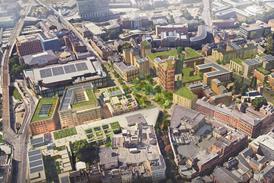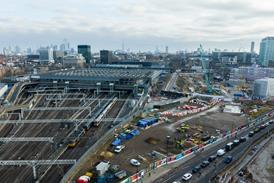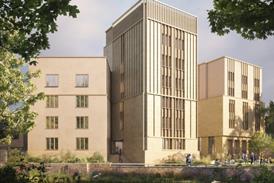- Home
- Intelligence for Architects
- Subscribe
- Jobs
- Events

2025 events calendar Explore now 
Keep up to date
Find out more
- Programmes
- CPD
- More from navigation items
Derbyshire leads architects' muted reaction to the budget

Brexit overshadows budget breaks, says RIBA president
RIBA president Ben Derbyshire has given his backing to measures in the Autumn Budget designed to boost the architecture and construction sectors and deliver new homes.
But he warned that chancellor Philip Hammond’s cash-and-tax-breaks package would not counterbalance the “grave consequences” of the UK leaving the European Union without a proper Brexit deal in March next year.
Hammond yesterday announced an immediate end to the cap on council borrowing that restricts local authorities’ use of Housing Revenue Account funds to deliver new housing, a commercial sector-focused tax break to deliver capital relief on new non-residential buildings, and a £675m fund to reshape high streets for the 21st century.
…
This content is available to registered users | Already registered?Login here
You are not currently logged in.
To continue reading this story, sign up for free guest access
Existing Subscriber? LOGIN
REGISTER for free access on selected stories and sign up for email alerts. You get:
- Up to the minute architecture news from around the UK
- Breaking, daily and weekly e-newsletters
Subscribe to Building Design and you will benefit from:

- Unlimited news
- Reviews of the latest buildings from all corners of the world
- Technical studies
- Full access to all our online archives
- PLUS you will receive a digital copy of WA100 worth over £45
Subscribe now for unlimited access.






